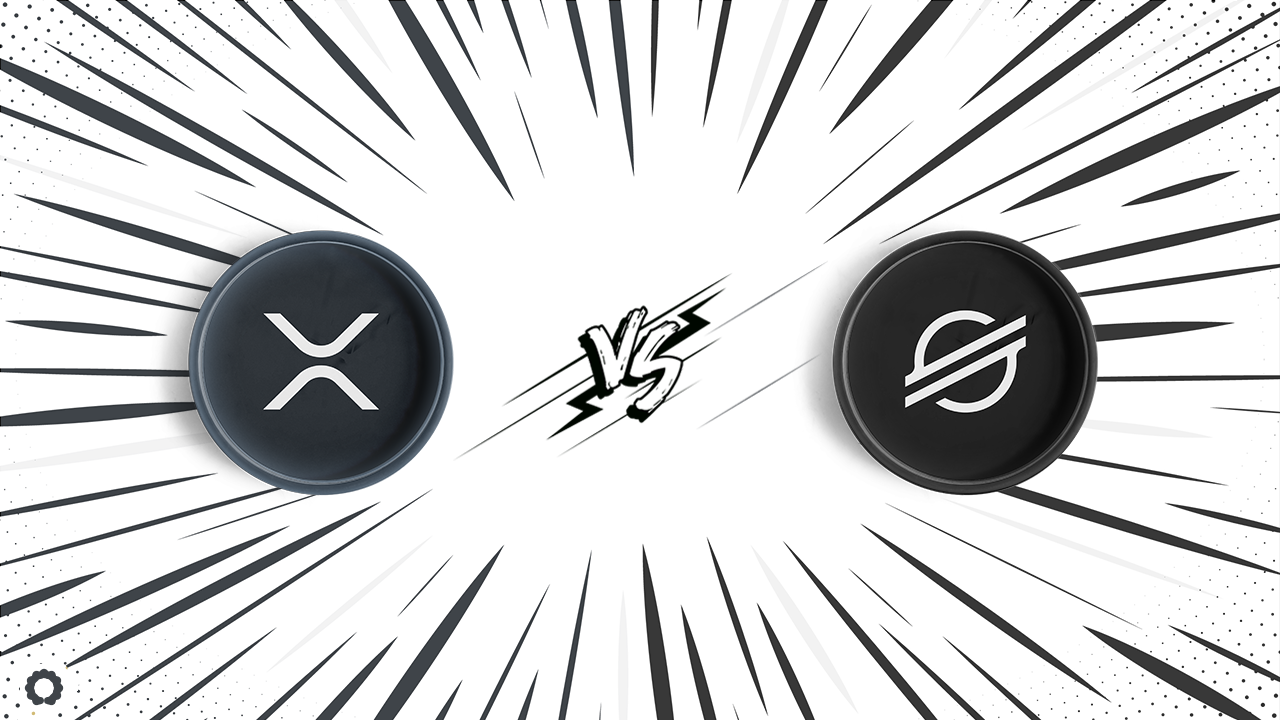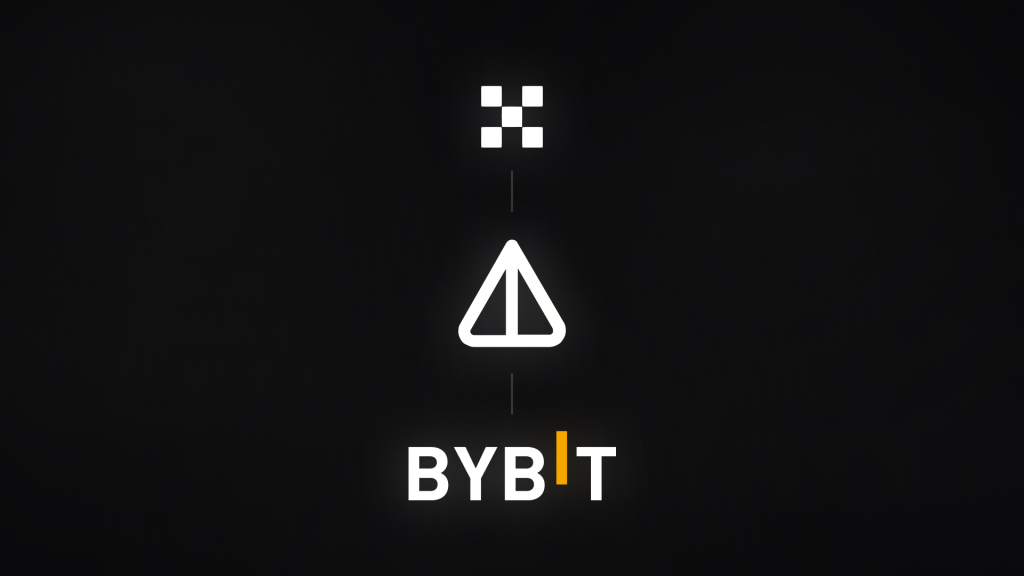XRP and Stellar are two of the most popular cryptocurrencies in the market, especially for cross-border payments and remittances. Both projects share a common origin, as they were co-founded by Jed McCaleb, a prominent figure in the crypto space. However, they have different visions, target audiences, and technical features that make them distinct from each other. In this article, we will compare XRP and Stellar in terms of their price performance, market capitalization, adoption, innovation, and future prospects.
Price Performance and Market Capitalization
As of 17 August 2023, XRP is trading at $0.5044, down 13.74% from the previous day. It has a market capitalization of $26.6 billion, making it the fifth-largest cryptocurrency by this metric. XRP has seen a significant price increase since July 13, when a federal judge ruled that its sales on public exchanges did not violate U.S. securities laws. This was a major victory for Ripple, the company behind XRP, which has been engaged in a legal battle with the U.S. Securities and Exchange Commission (SEC) since December 2020. The SEC alleges that Ripple conducted an unregistered securities offering by selling XRP to investors. The outcome of this case could have a major impact on XRP’s future, as well as the broader crypto industry.
Stellar is trading at $0.1147, down 8.88% from the previous day. It has a market capitalization of $3.1 billion, making it the 23rd-largest cryptocurrency by this metric. Stellar has also seen a significant price increase since July 13, following XRP’s lead. Stellar and XRP have a high correlation coefficient of 0.95 on the daily timeframe, meaning they tend to move in the same direction. Stellar was created as a fork of Ripple in 2014, after McCaleb left the project due to disagreements with the other co-founders. Stellar aims to provide a more open and inclusive platform for cross-border payments, targeting the unbanked and underbanked populations of the world.
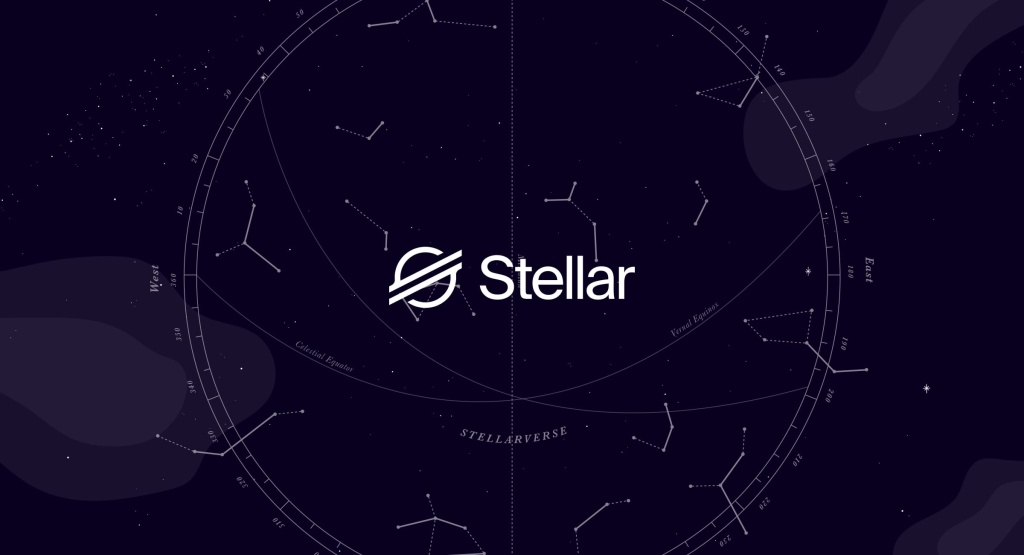
Adoption and Innovation
XRP and Stellar have both made strides in terms of adoption and innovation in the crypto space. XRP is designed to be a bridge currency for international settlements, enabling fast and low-cost transactions between different fiat currencies and digital assets. XRP is used by RippleNet, a network of over 300 financial institutions that leverage Ripple’s technology to provide payment solutions for their customers. Some of the notable partners of RippleNet include MoneyGram, Santander, SBI Holdings, Standard Chartered, and American Express. Ripple also offers On-Demand Liquidity (ODL), a service that uses XRP as a source of liquidity for cross-border payments without pre-funding accounts in different countries. ODL has seen increased adoption in regions such as Latin America, Europe, Asia-Pacific, and Africa.
Stellar is also focused on facilitating cross-border payments and remittances, but with a different approach. Stellar operates as a decentralized exchange (DEX), where users can create and trade any asset on its network using its native currency, XLM. Stellar allows anyone to issue tokens that represent fiat currencies, cryptocurrencies, commodities, or any other value on its platform. These tokens can then be exchanged with each other using Stellar’s built-in order book and pathfinding algorithm. Stellar also supports smart contracts and decentralized applications (DApps) that can run on its network. Some of the notable partners of Stellar include IBM, Wirex, Bitbond, Tempo, and Akoin. Stellar also recently launched an open-source disbursement platform that enables users to send money to any mobile wallet in any country using XLM.
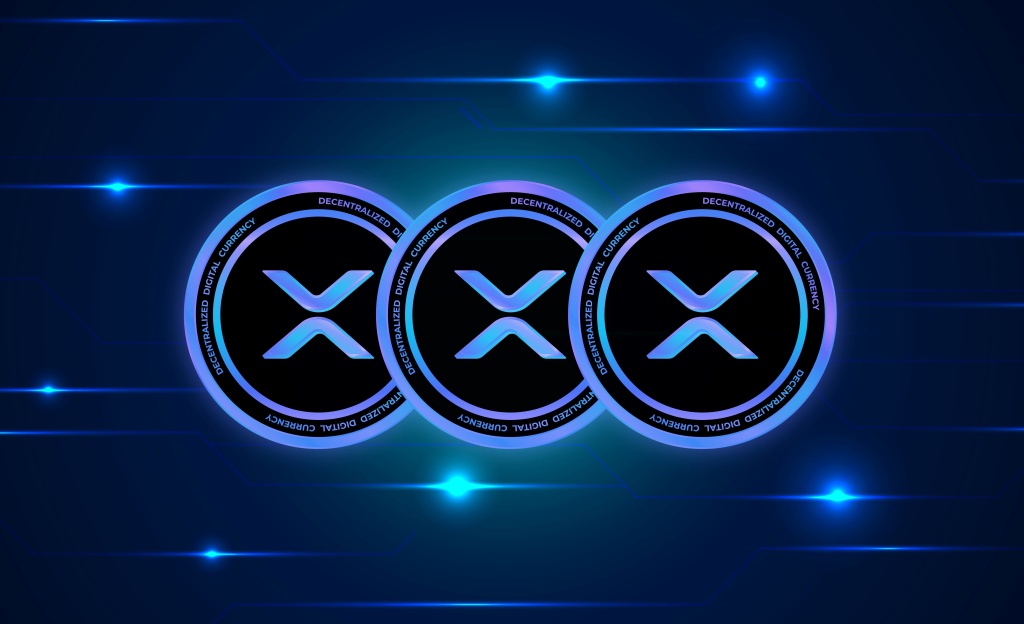
Future Prospects
XRP and Stellar both have promising futures ahead of them, as they continue to innovate and expand their ecosystems. However, they also face some challenges and uncertainties that could affect their growth potential. For XRP, the main challenge is the ongoing lawsuit with the SEC, which could have serious implications for its legal status and regulatory compliance in the U.S. and other jurisdictions. The outcome of this case could either boost or hinder XRP’s adoption by institutional and retail investors alike. Additionally, XRP faces competition from other cryptocurrencies that offer similar or better solutions for cross-border payments, such as Bitcoin, Ethereum, and stablecoins.
For Stellar, the main challenge is to increase its awareness and adoption among the general public and the crypto community. Despite being one of the oldest and most established projects in the space, Stellar still lags behind other cryptocurrencies in terms of market capitalization, trading volume, and social media presence. Stellar also faces competition from other DEX platforms that offer more advanced features and functionalities, such as Uniswap, SushiSwap, and PancakeSwap. Moreover, Stellar needs to prove its scalability and security, as it relies on a unique consensus algorithm called the Stellar Consensus Protocol (SCP), which has not been tested under extreme conditions.
Conclusion
XRP and Stellar are two of the most prominent cryptocurrencies in the market, with a shared vision of improving the efficiency and inclusiveness of cross-border payments and remittances. Both projects have their own strengths and weaknesses, and offer different value propositions to their users and partners. Ultimately, the choice between XRP and Stellar depends on one’s personal preferences, risk appetite, and investment goals. As always, investors should do their own research and due diligence before investing in any cryptocurrency.

